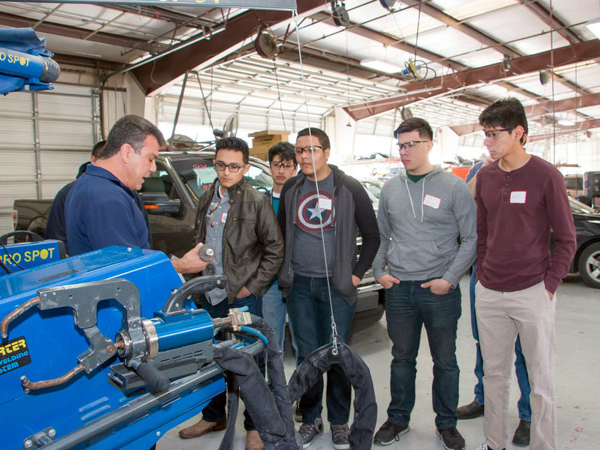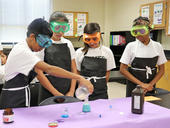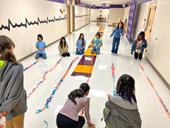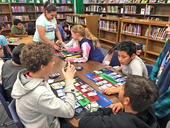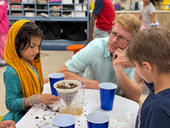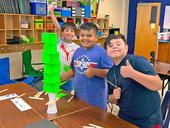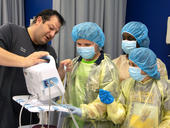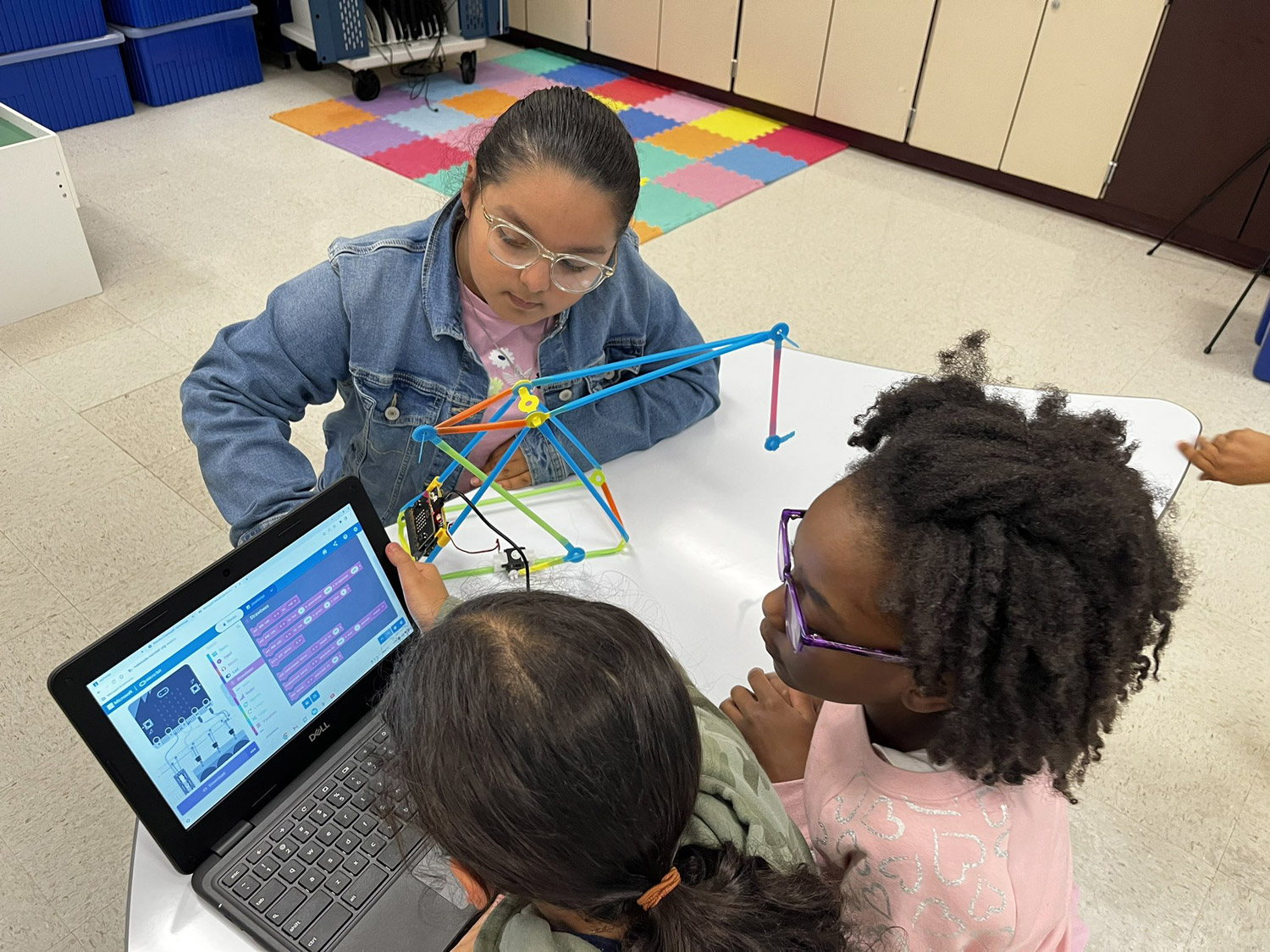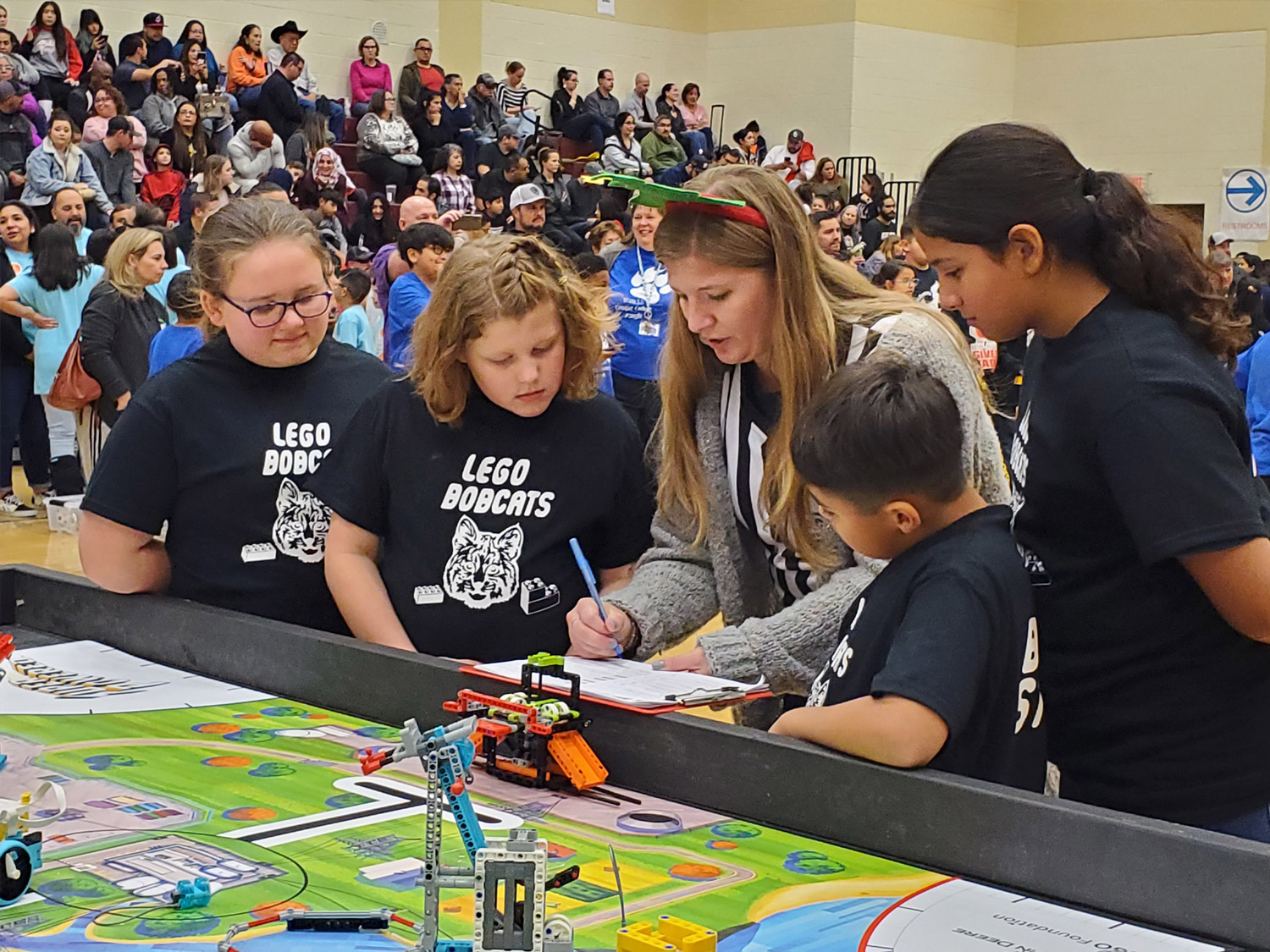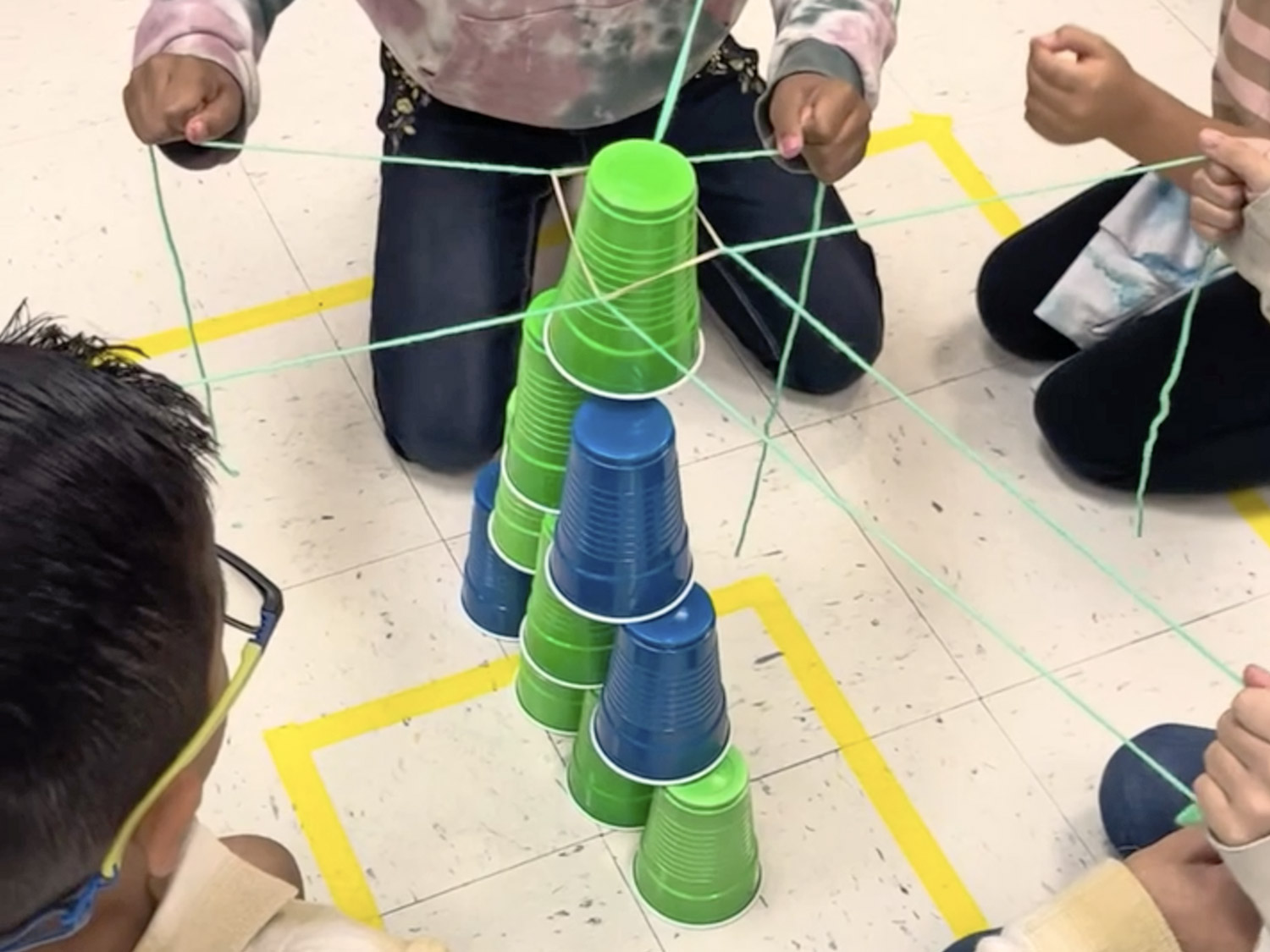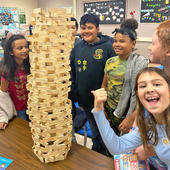
STEM Purpose, Mission, & Vision
NISD STEM Purpose
Engage all learners in meaningful, integrated experiences that encourage life-long learning and students' recognition of how STEM impacts their lives and, potentially, their future careers.
NISD Mission
Transform the learning experience for students.
NISD Vision
Every day, every student grows in confidence, curiosity, and capability.
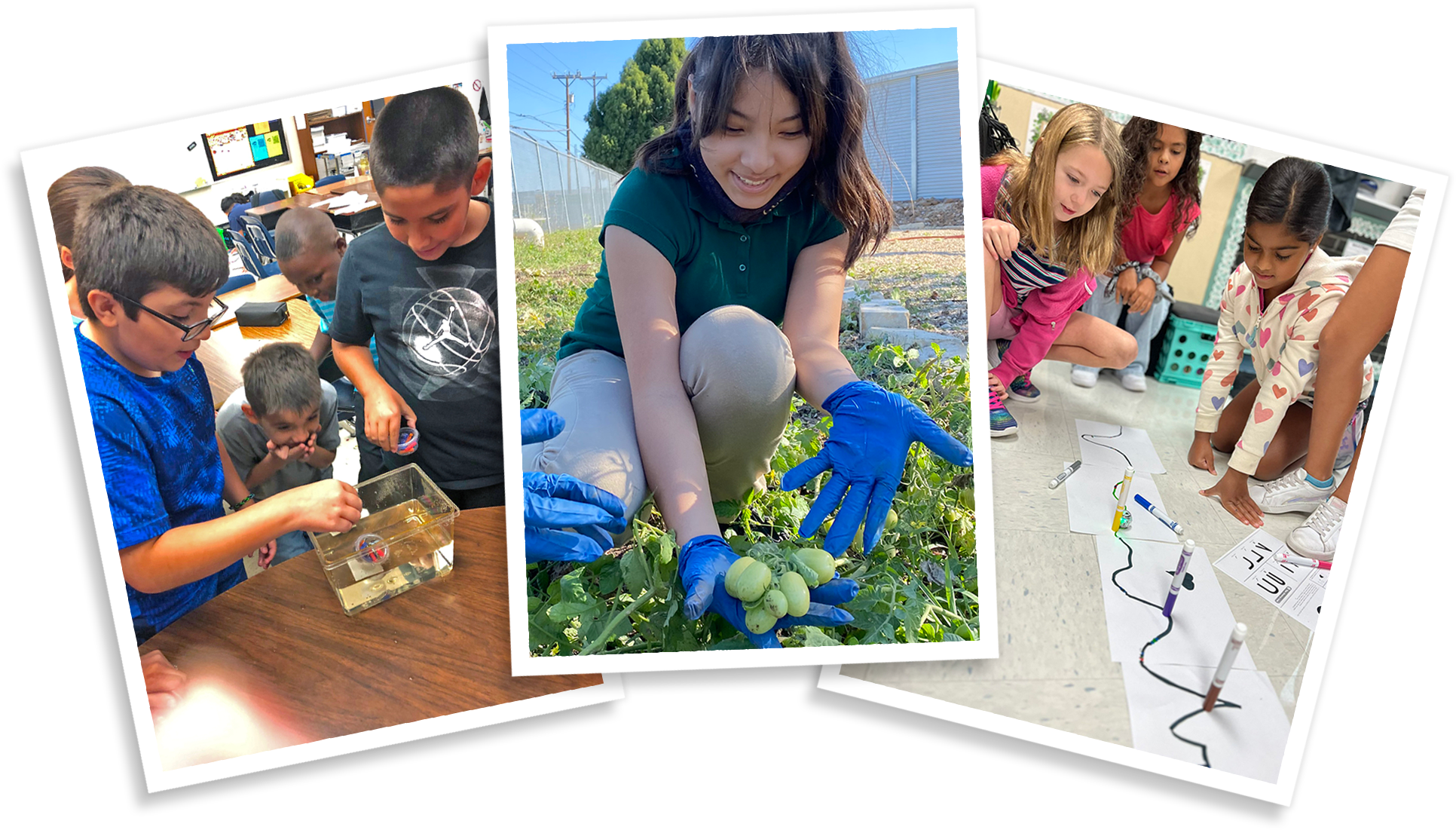
STEM > S.T.E.M.
STEM is rooted in, but not limited to science, technology, engineering, and math. It is a method of hands-on teaching and learning where students learn to apply academic content by creatively solving real-world problems with innovative design-based thinking to prepare students for future career opportunities.
STEM experiences in NISD integrate content from multiple disciplines and promote the development of STEM Fluency Skills.
Both Project-Based Learning (PBL) and design-based challenges are used in NISD STEM instruction.
The NISD Design Process and Computational Thinking processes, including decomposition, pattern recognition, pattern generalization and abstraction, and algorithm design are processes through which students are guided during STEM instruction.
Known by some as "soft skills," STEM Fluency Skills are integral for career readiness and workforce development. These skills include: communication, creativity, critical thinking, collaboration, resilience, promptness, adaptability, time/materials management, and innovation.
Why STEM?
Our goal is to provide career readiness for all of our students by providing opportunities throughout various subject areas. STEM is not confined to a classroom, program, or content area.
CTE (grades 5-12) is a partner with STEM; it is the heart of STEM, as its focus is also career readiness.
Facts: This Education Matters
NISD Design Process
The NISD Design Process can be applied to various subject areas and allows students to practice the thinking skills necessary when designing.
STEM Fluency Skills
TEA has created a STEM Fluency Skills rubric for educators. From TEA, "Content area fluency is an important aspect of integrated STEM Education. In addition, integrated STEM education also includes a fluency in the skills associated with career readiness and workforce development."
PreK-8 Skills
The focus in these grades is on developing skills related to collaboration, communication, creativity, critical thinking, and resilience.
Collaboration
- ability to operate effectively in a team environment
- appreciation for diversity and inclusion
- cultural awareness
- compromise
- capitalizing on strengths and weaknesses within a group
Communication
- uses a variety of representations and communication tools
- body language & etiquette/netiquette
- verbal communication
- active listening
- comprehends written material
- conveys information in writing
Critical Thinking
- problem-solving strategies and processes
- analytical thinking
Creativity
- creative thinking
- design processes
- precursor to innovation (9th-12th grades)
Resilience
- perseverance/grit
- mindfulness
- growth mindset
- precursor to adaptability (9th-12th grades)
9-12 Skills
In grades 9 and up, the rubric includes the mastery of PreK-8 Skills, as well as developing skills related to promptness, time management, adaptability, and innovation.
Innovation
- innovative solutions
- builds upon and includes creativity skills from grades PreK-8
Promptness and Time/Resource Management
- timeliness
- resource prioritization & utilization
- utilization of the individual strengths of team members
Adaptability
- proactive thinking and action
- builds upon and includes resilience skills from grades PreK-8
K-8 STEM Opportunities
For every NISD student:
- Digital Citizenship (Classrooms, Libraries, Counselors, K-5 STEM)
- K-5 STEM Labs
- Elementary Science & Social Studies Curriculum
- Technology Applications TEKS
- Middle School Science Curriculum
Additional opportunities students may be involved in:
- Elementary GT Curriculum
- Flight Club (K-1, After School)
- Cardboard Arcade (2nd, After School)
- STEAM Team (3rd, After School)
- Young Astronauts (4th-5th, After School)
- Hobby Health Science Magnet
- Jones STEM Magnet
- Zachry Cybersecurity & Global Communications Magnet
- Innovative Thinkers Course (6th-8th GT)
- CTE Future Labs (7th & 8th grades)
- Project ACORN (K-8th, After School)
- FIRST Lego League Robotics Challenge (4th-8th, After School)
- Solar Cars (4th-8th, After School)
- STEM Sisters Club (4th & 5th grade, After School)
- Esports (MS) & Esports Explorers (5th Grade)
- Challenger Center (Title 1, 6th-8th)
- CyberPatriots (Zachry Magnet)
- STEM Camp (K-5, Summer)
- STEM Sisters Camps (4th-6th, Summer)
- Aerial Aviators Drone Club (6th-8th grades, After School)
K-5 STEM Labs
About the STEM Labs in NISD
Beginning with a pilot initiative at 12 schools in 2019, the K-5 STEM program has now expanded to every elementary campus, serving all students at each location. The STEM Lab curriculum exposes students to coding fundamentals and applications, a variety of STEM careers, and the application of STEM Fluency Skills as defined by the Texas Education Agency.
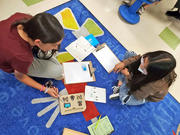
Students
- Communicating & Collaborating
- Creating & Building
- Solving Design Challenges
- Fostering Growth Mindset Culture
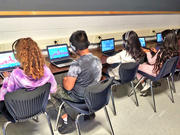
Curriculum Areas
- STEM Fluency Skills
- Career Explorations
- Robotics, Coding, & Computational Thinking
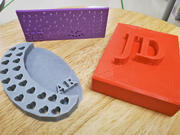
Environment
- Flexible Seating and Areas for Working
- Variety of Materials, including 3D printers, building materials, and robots
- Hands-on & interactive
- Safe & supportive
Career & Technical Education
Students in Northside’s Career and Technical Education (CTE) programs spend much of their time learning through a hands-on approach that prepares students for occupations and further study. CTE programs are available in middle school and high school and are available in many career areas of interest to students.
